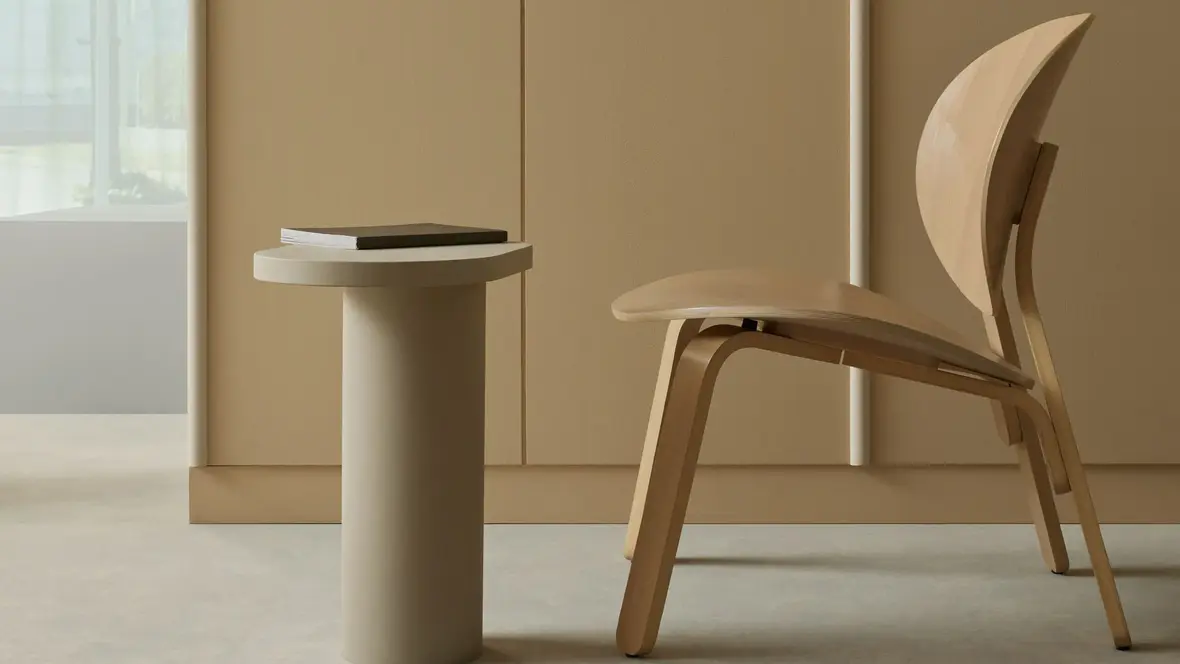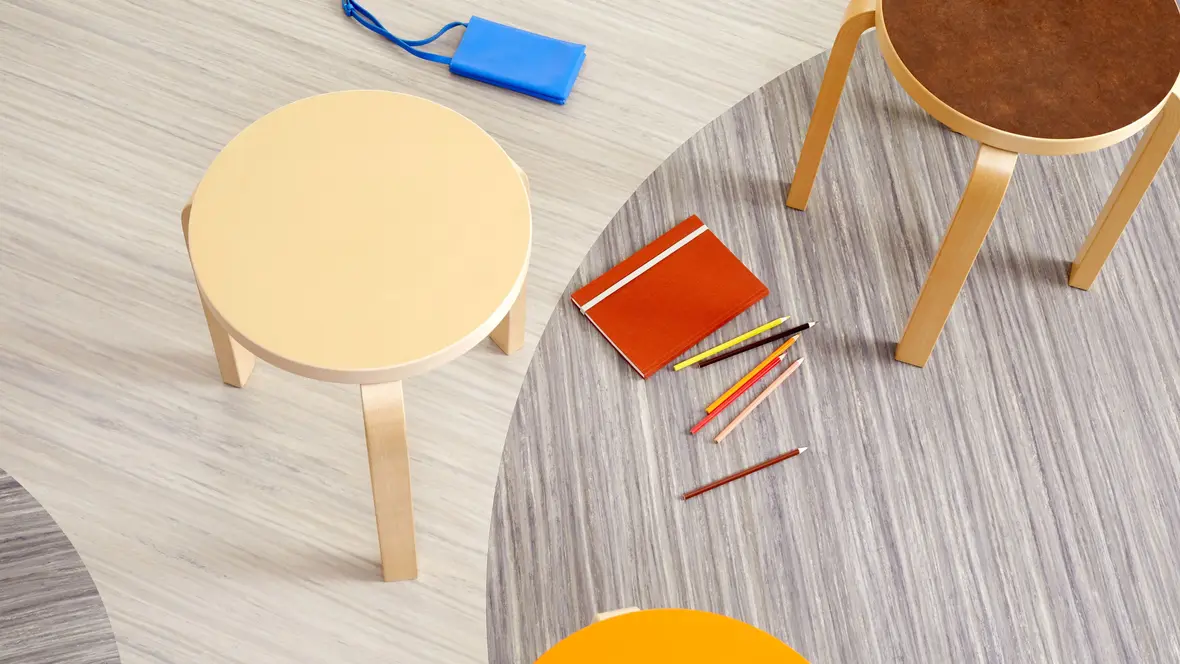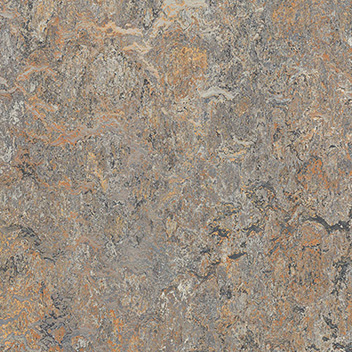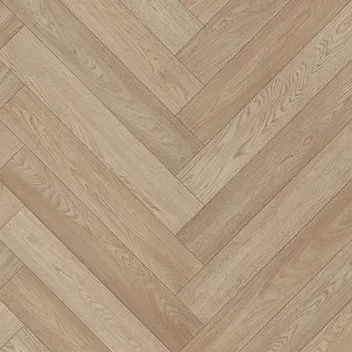Impact sound reduction
The different types of sound...
Sound can be categorized into two forms: airborne noise and impact noise. It is crucial to understand the difference between the two, as each presents its own challenges. Products designed to reduce airborne noise may not necessarily reduce impact noise. Therefore, when planning new construction projects such as homes, student accommodations, or healthcare facilities, it is important to consider the distinction. By doing so, decision-makers can better manage acoustics.
Impact noise occurs from physical impacts on buildings or solid materials, such as footfall or banging doors. This type of noise is difficult to isolate as both sides of the building element vibrate, generating sound waves. Acoustic flooring can help reduce impact sound.
Airborne noise, on the other hand, includes noises like TV sounds, conversations, and barking dogs. This noise travels through the air and can either reflect off surfaces or be absorbed by dense materials. It can also travel through building structures, increasing noise levels when reflected and reducing noise when absorbed.
What happens to Sound when it meets an Obstacle?
Sound is Reflected ...
Sound reflects off flat, rigid surfaces like concrete or brick walls, creating an echo as the sound wave is bounced back on itself due to the surface's mass.
Sound is Absorbed...
Acoustic absorption is when a material, structure, or object takes in sound energy instead of reflecting it, with part of the absorbed energy turning into heat and part being transmitted through the absorber.
Sound Transmission...
Airborne transmission occurs when noise in one room causes air pressure waves to vibrate a wall or structure nearby.

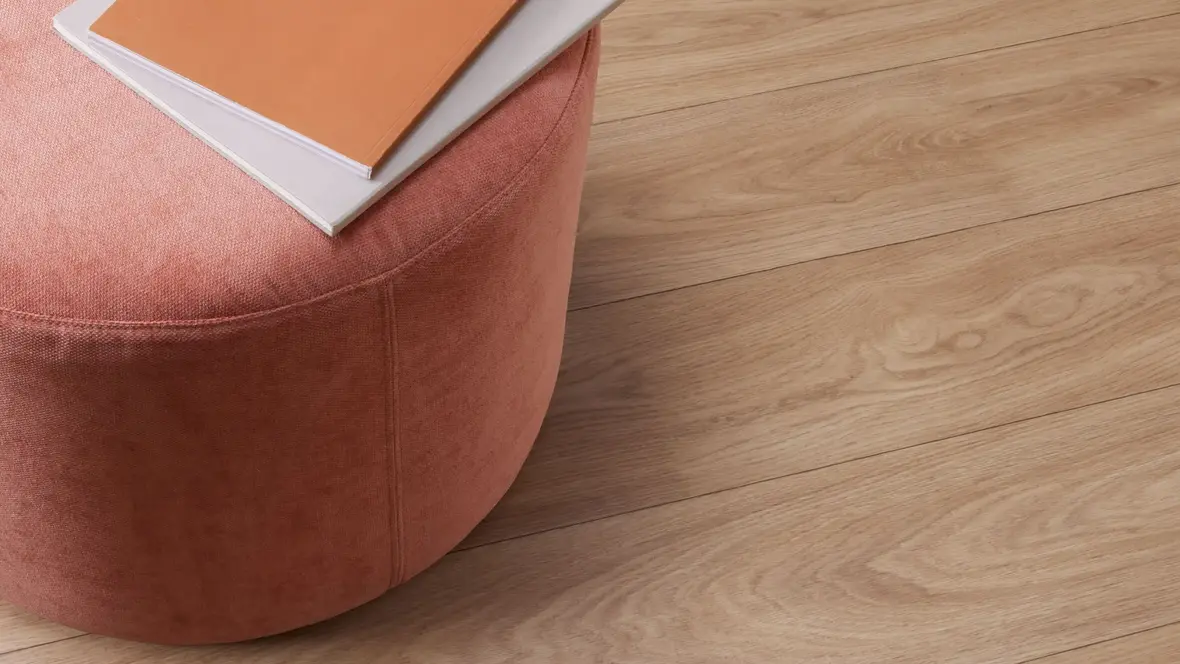
.webp)
